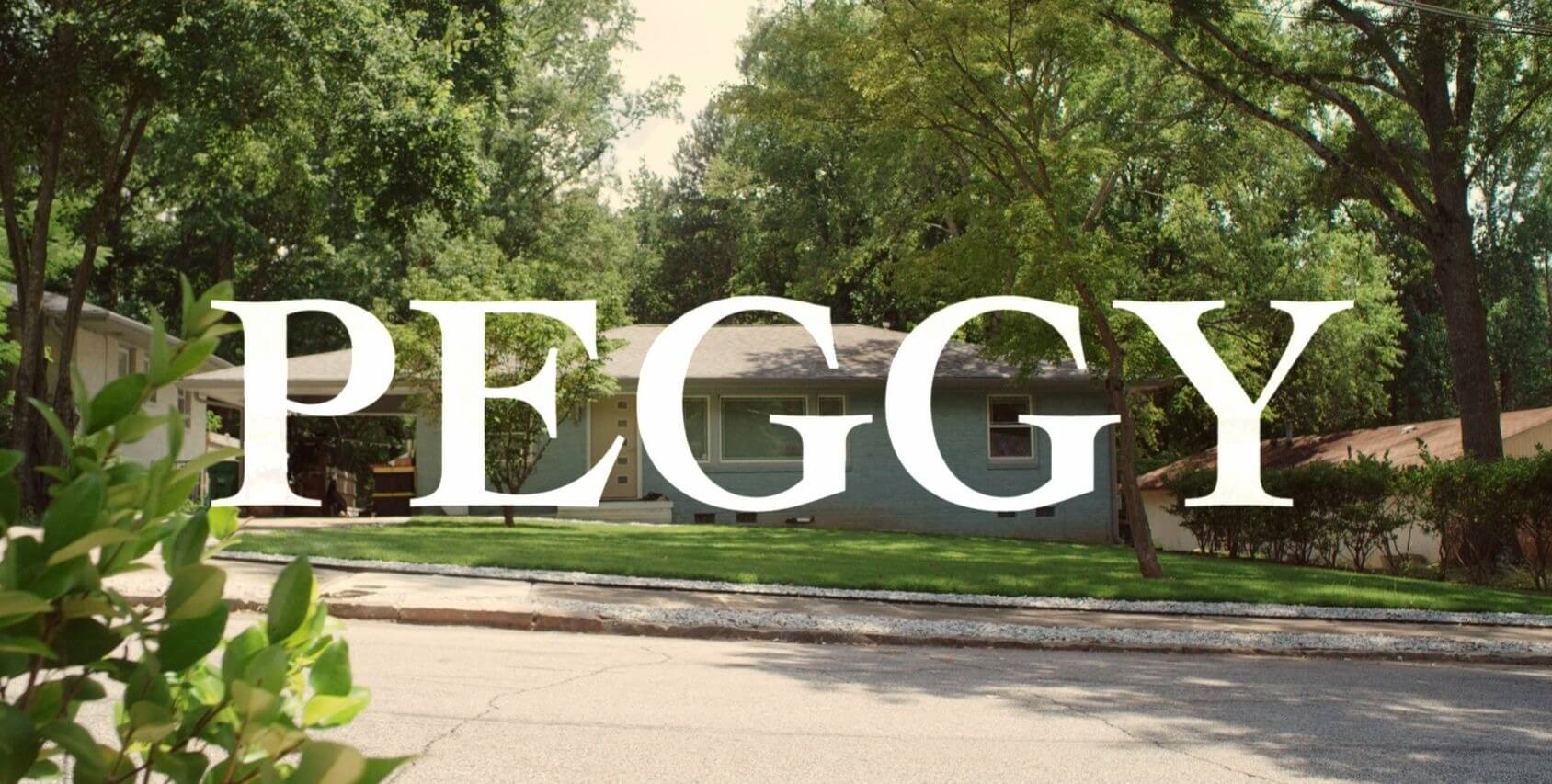Winner of 2 Best Short Film (Jury & Audience) Awards at the 2019 Spokane International Film Festival.
1. What sparked this idea, and how did you approach writing it?
The initial spark for this film came from a true story, told to me by a good friend. Without giving much away, there was a kind of cataclysmic event at a small child's birthday party that is recreated here. But that plot-spark was tucked away in my pocket for a while, until I stumbled upon a thematic backbone for the story while watching my young son (who plays "Ander") open presents at his birthday party. To my horror, he was receiving all these presents that he wouldn't be allowed to have otherwise, and began to wonder about the children's birthday parties, and how they are more about the adults than the kids these day.
2. What message or experience are you hoping audiences take away from this film?
There is some biting commentary under the wrapping paper in this film, and while my primary objective was to create a really entertaining piece of comedy, I also wanted to create something that helps us deal with the pressures that social media and our image-driven culture places on us. Being human has never been easy, but now we have all these online personas to compare ourselves to, and I think that the character of Peggy allows us to let off some steam that has built up around those expectations.
3. What's the key to filming an extended party scene with so many moving parts that need to fall into place?
Whew. I'd say planning. Planning, flexibility, and an amazing team. We definitely did everything you are not supposed to, on a short film: kids, animals, all exteriors with no rain cover (it rained), and extensive, fairly complicated VFX. There were elements of the party scene that I had to get figured out months in advance, and then there were components I have to react to on the fly. Just getting everyone there is half of the battle. I remember being on the phone one evening, unsure if we were going to have a sound mixer on set for the following day. Some things you can't control, and you do your best to adjust to them.
4. How has your experience as an art director and set designer helped your directing?
I've been able to work with some of the best working directors in the world, and seeing their process is certainly insightful and helpful. The path from art department to director is not a terribly well-worn one, but may be of my favorites have come from that background. There is a basic storytelling and problem-solving process that you can apply to both paths, but there are also some very distinct skills. A director must have an understanding of human nature, and empathy for the characters that production design does not require. Ultimately, I think that I will look back on these years as an incubating period that allowed me to observe first-hand the type of director I do, and do not, want to be.
5. How have you grown most as a storyteller and filmmaker and where do you feel you still have plenty more growth to go?
I've always viewed short film as a medium that allows me to experiment and push the boundaries of my comfort zone, and I think that each of my short films has been, in some form, a reaction to the previous one. I remember how scary making the first one was. I remember how heavily I had to edit it because there were parts that just did not work. But that experience creates learning opportunities so that by the time I was making Peggy, the editing process was a real joy. I think that I am getting better about curating the audience experience, but I know that I have a long way to go. And in a way, that is what consistently excites me about being a storyteller. Not only is each story a unique problem-solving experiment, it is something that you can never keep getting better at.
